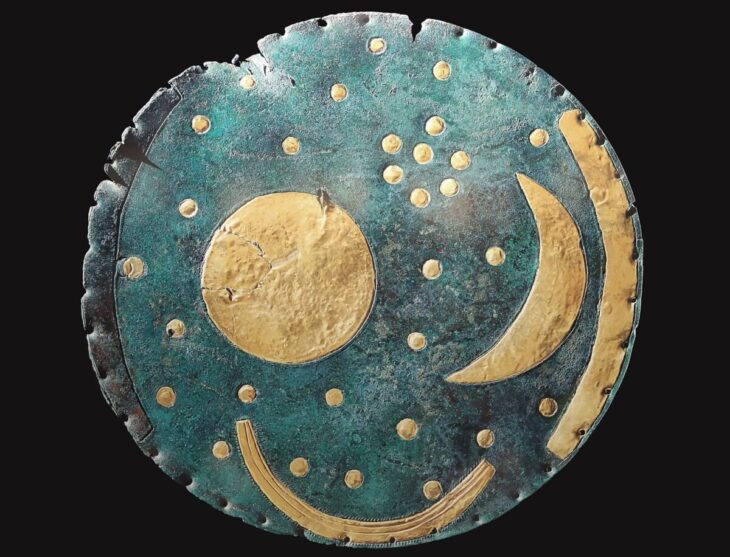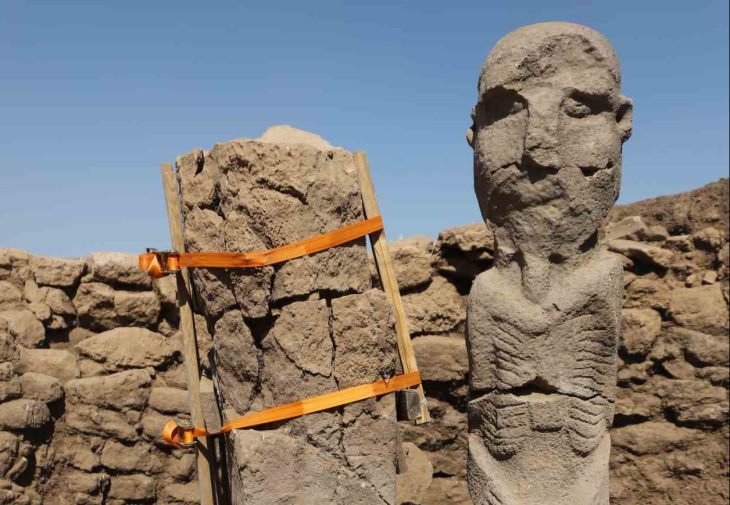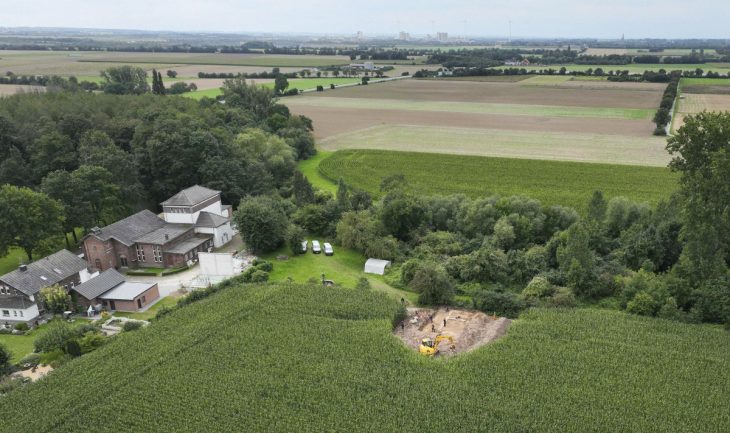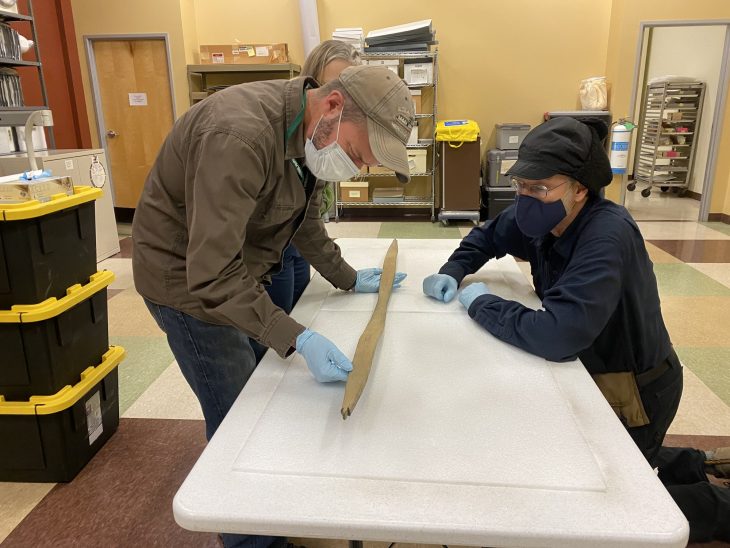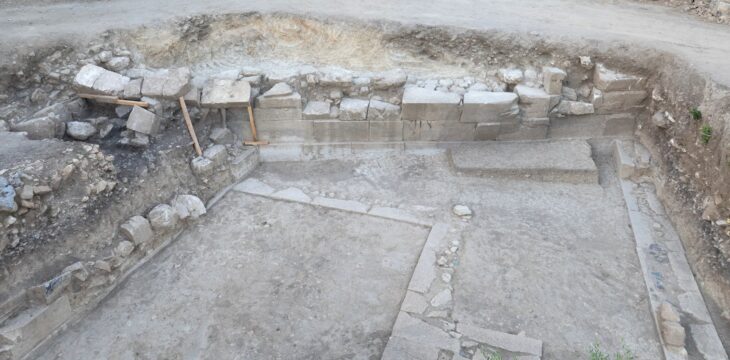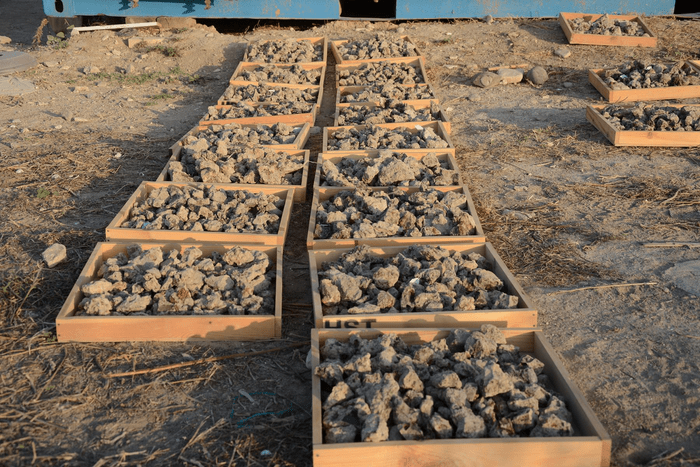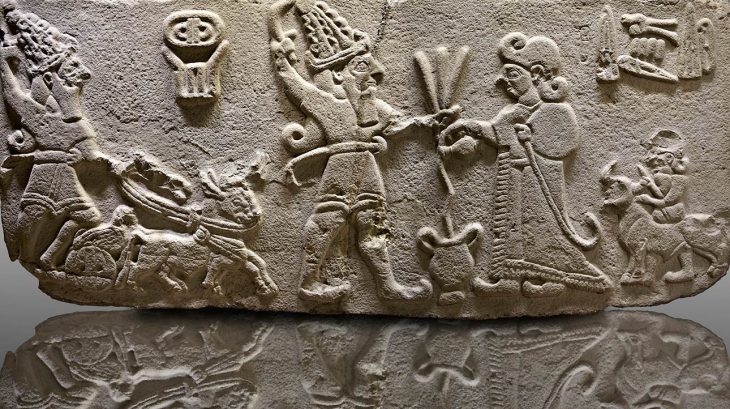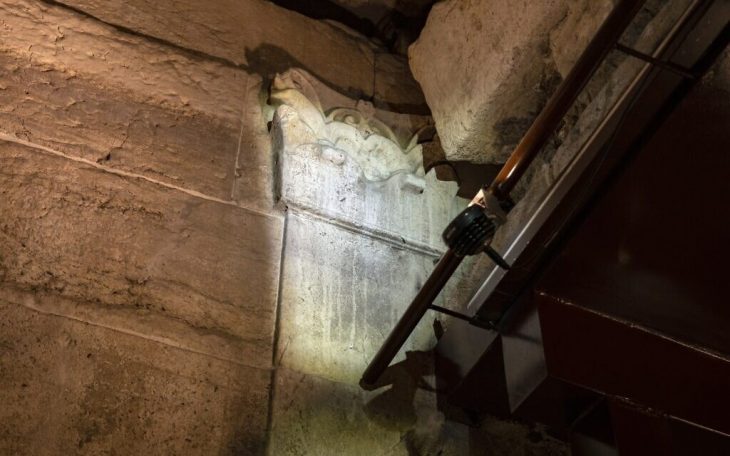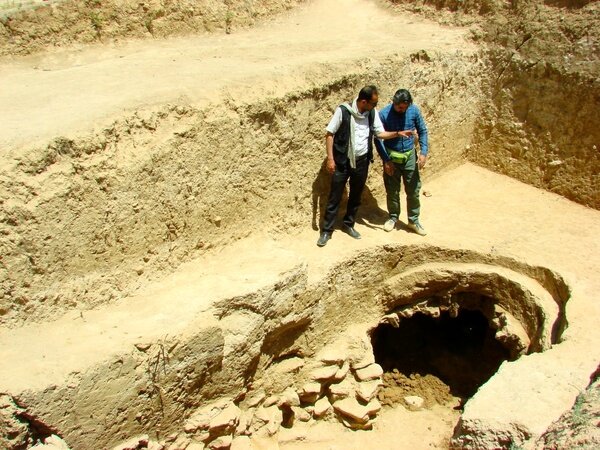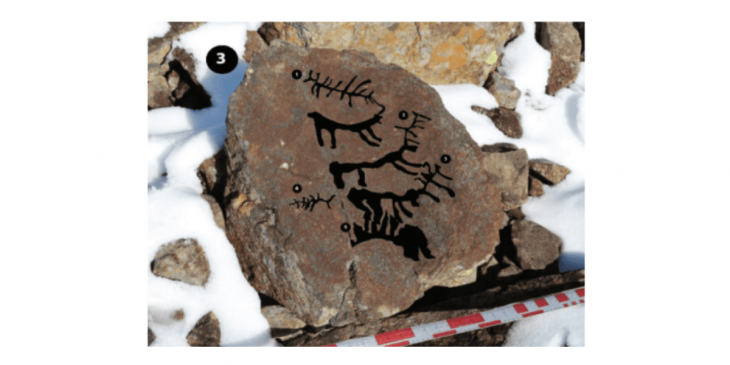Work to create a functional air chamber to evacuate moisture from the underground spaces of the San Paolino building, the new headquarters of the library of the Archaeological Park of Pompeii, accidentally exposed the tomb of an important military official who served under the emperor Augustus (r. 27 B.C.- 14 A.D.) during his last wars of conquest in Spain.
A surprising discovery in Pompeii gives us new information about the history of Spain between the 1st century B.C. and the 1st century A.D. The inscription on the tomb tells us of a brilliant military career followed by a quiet retirement in Pompeii, now a symbol of world archaeology, at the time a town in Campania renowned for the beauty of its landscape and views of the Gulf of Naples.
The discovery was announced in the E-Journal of Pompeii Excavations, the online magazine that reports “in real-time” on discoveries and ongoing research at the archaeological site.
Maria Chiara Scappaticcio, Full Professor of Latin Language and Literature at the University of Naples Federico II, and Alberto Dalla Rosa, Full Professor of Roman History at Université Bordeaux Montaigne, contributed to the reading and interpretation of the inscription.
First, the construction revealed the two ends of a semicircular tomb—known as a “schola” tomb. In Pompeii, schola tombs were previously discovered. They are composed of a semicircular volcanic tufa stone bench with terminals shaped like lion paws. Following excavation, a sizable inscription with remnants of the original red paint inside was discovered on the bench’s curved back. The inscription was expertly carved in extremely regular letters.
📣 Our WhatsApp channel is now LIVE! Stay up-to-date with the latest news and updates, just click here to follow us on WhatsApp and never miss a thing!!
The tomb was so old and neglected when the eruption occurred in 79 A.D. that the monument was buried up to the bench. Even so, when Vesuvius covered the city in death, the inscription remained clear and readable, even after it had been ignored and forgotten.
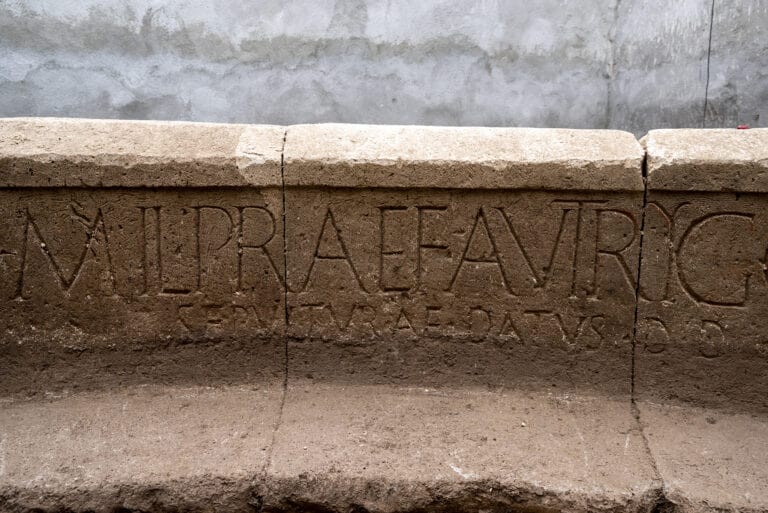
The inscription on the back of the bench revealed who the deceased was, reserving more than one surprise for those in charge of the work, The inscription reads in large letters:
N(umerius) AGRESTINUS N(umerius) F(ilius) EQUITUS PULCHER TRIB(unus) MIL(itum) PRAEF(ectus) AUTRYGON(um) PRAEF(ectus) FABR(um) II D(uum)V(irus) I(ure) D(icundo) ITER(um) LOCUS SEPULTURAE DATUS D(ecreto) D(ecurionum)
To Numerius Agrestinus, son of Numerius, Just Knight, military tribune, prefect of the Autrygoni, prefect of engineers, twice Duumvir by the jurisdiction (i.e., holder of the highest magistracy in the city of Pompeii), the burial place was given by decree of the city council.
One startling finding is that the same person is identified by another funerary inscription found in the Porta Nocera necropolis, where the man’s wife, Veia Barchilla, had placed a cylindrical memorial for the two of them. Only later did the Council of Decurions decree to honor Numerius Agrestinus with a monument on public land.
A second new element is the title of “Praefectus Autrygonum”. The Autrigones were a people from the northern regions of the Iberian Peninsula, where Augustus was engaged in the “Cantabrian wars” between 29 and 19 BC, aiming to complete the occupation of Hispania. This is a historically novel perspective that contributes to our understanding of how Roman power was organized during the transition from the Republican to the imperial model.
“Here we see the emergence of the network of power that connected the elites of the empire, whose members were asked to commit themselves in conflict areas, with the promise of economic rewards but above all of social prestige in the community of residence,” explains the director of the Archaeological Park of Pompeii, Gabriel Zuchtriegel.
“Having held the highest office in Pompeii, the duumvirate, twice, and having been honored with a funerary monument on public land, are expressions of recognition and loyalty to someone who had literally fought on the front lines for the cause of the empire. The unexpected discovery of this monument is yet another example of how in Pompeii protection, research and enhancement are closely intertwined.”
Cover Photo: Archaeological Park of Pompeii



